Swiss Costumes
Wüst's Swiss Cantons souvenir deck was published in Frankfurt in c.1875 for the emerging tourist market.
C. L. Wüst: Swiss Costumes, c.1875
Wüst's Swiss Cantons souvenir deck was first published in Frankfurt in c.1865 for the emerging commercialised tourist market which took off in the mid-19th century. Since 1863 Thomas Cook offered guided holidays to Switzerland which catered to a mixed clientele, from heads of state and princes to upwardly mobile representatives of the middle, lower middle and working classes. French suit symbols were used in this pack (rather than Swiss) making them appeal to international visitors. The costumes and canton shields along with four Aces depicting Swiss scenes were, of course, very attractive as souvenirs.
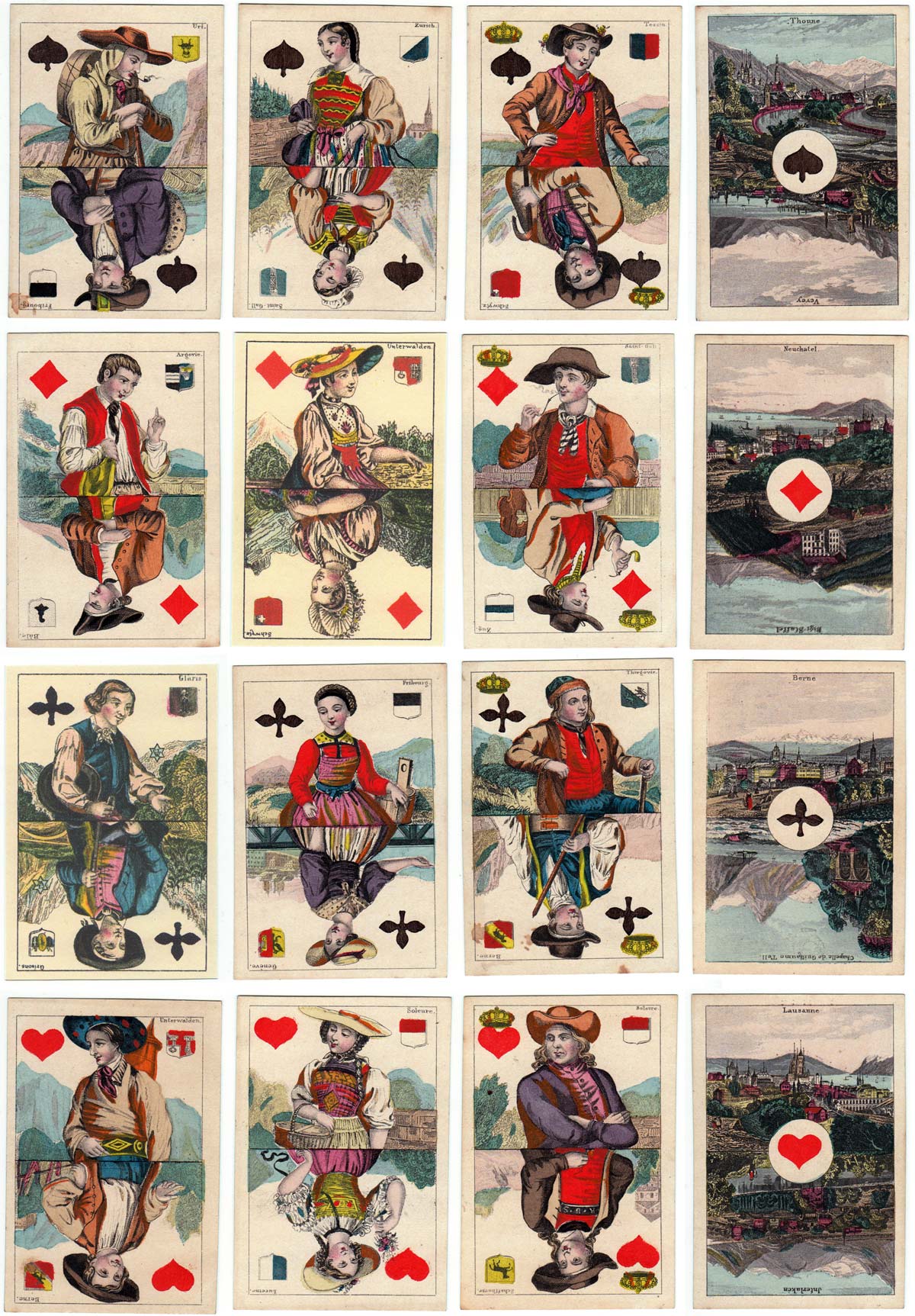
Above: Swiss Costumes pack manufactured by Conrad Ludwig Wüst, c.1875. 52 cards, copper-plate engraving, stencil coloured, square corners, no indices. Wüst's star motif can be seen on the jack of clubs. The illustrations are double-ended and different at each end and the four aces show: Thoune/Vevey, Neuchâtel/Rigi Staffel, Lausanne/Unterlaken, Berne/Chapelle de Guillaume Tell. (Click image to reverse). Images courtesy Rex Pitts.

Facsimile Edition
A facsimile edition was produced from an original copy in the Schaffhauser Spielkartenfabrik AG Müller archive. See the Box►
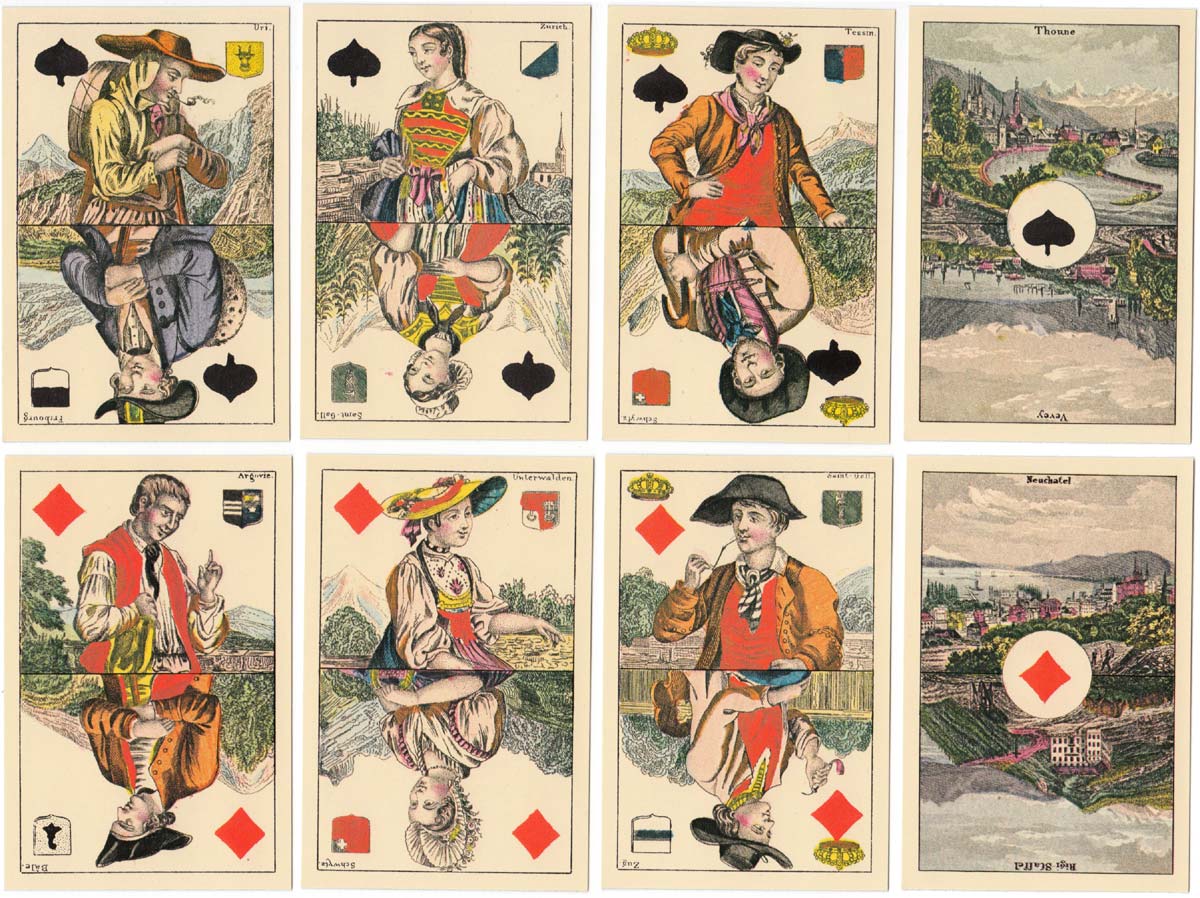
Above: cards from the facsimile edition. Courtesy Rex Pitts.
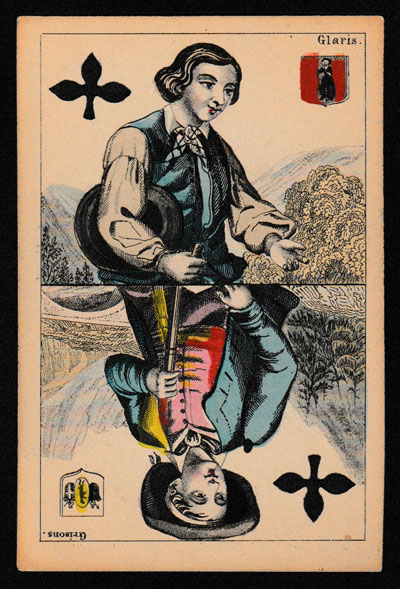
Note from Roddy Somerville
Here is an earlier Jack of Clubs (c1860-65) from the same pack by Wüst but without the factory mark. My thanks to Paul Symons for identifying this as an earlier example of this Wüst pack. RS
By Rex Pitts (1940-2021)
United Kingdom • Member since January 30, 2009
Rex's main interest was in card games, because, he said, they were cheap and easy to get hold of in his early days of collecting. He is well known for his extensive knowledge of Pepys games and his book is on the bookshelves of many.
His other interest was non-standard playing cards. He also had collections of sheet music, music CDs, models of London buses, London Transport timetables and maps and other objects that intrigued him.
Rex had a chequered career at school. He was expelled twice, on one occasion for smoking! Despite this he trained as a radio engineer and worked for the BBC in the World Service.
Later he moved into sales and worked for a firm that made all kinds of packaging, a job he enjoyed until his retirement. He became an expert on boxes and would always investigate those that held his cards. He could always recognize a box made for Pepys, which were the same as those of Alf Cooke’s Universal Playing Card Company, who printed the card games. This interest changed into an ability to make and mend boxes, which he did with great dexterity. He loved this kind of handicraft work.
His dexterity of hand and eye soon led to his making card games of his own design. He spent hours and hours carefully cutting them out and colouring them by hand.

Leave a Reply
Your Name
Just nowRelated Articles
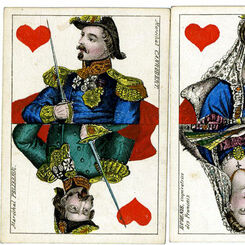
Crimean War Deck
1854 saw the declaration of the Crimean War and this deck was published by Wüst around, or shortly a...

Schweden Spielkarten
54 different souvenir views of famous people and places in Sweden.
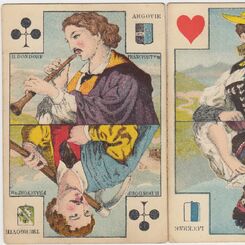
Vues et Caractères Suisses No.228
A Swiss souvenir pack by Dondorf
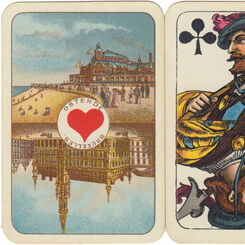
Belgian Souvenir playing cards
made in Germany by C.L. Wüst

Grimaud copy of Wüst playing cards
A copy of Wüst house pattern 3

Wüst Costumes Suisses No.93
Two version of a Swiss souvenir pack by C.L.Wúst
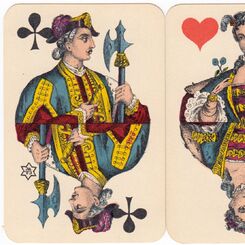
Renaissance Playing cards made by C.L.Wüst
Rococo style playing cards from Frankfurt.
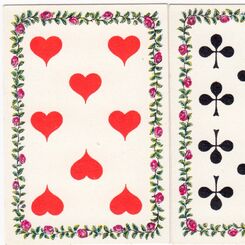
Decorated pip cards from C.L.Wüst
Several Wüst patience packs with special pip cards
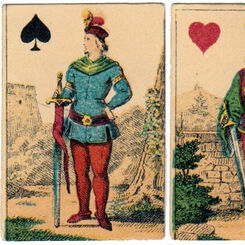
Miniature Theatre playing cards
Miniature playing cards, possibly for children, with a romantic theatrical theme. C.L. Wüst c.1890. ...

DSA Textil Berlin
Felix-Karte pack for Erste Deutsche Sack-Centrale / DSA Textil Berlin manufactured by VEB Altenburge...
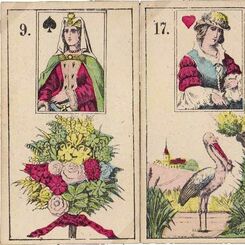
Wüst Lenormand deck, c.1860
Wüst Lenormand deck, c.1860
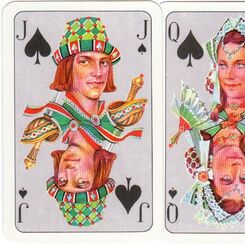
Porträt
“Porträt” designed by Walter Krauss, 1969
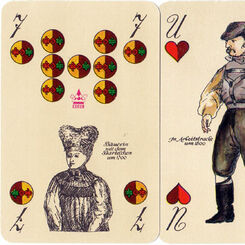
Altenburger Bauerntrachten
“Altenburger Bauerntrachten” commemorating 150 years of playing cards from Altenburg, designed by An...
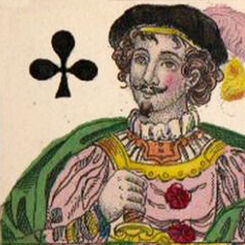
C.L. Wüst, 1811 - 1927
SPIELKARTENFABRIEK VON C.L. WÜST, 1811 - 1927. A short history of the Wüst factory by Martin Shaw & ...
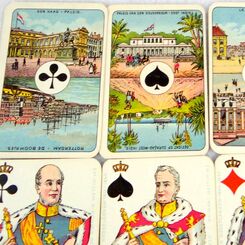
Nationaal Speelkaart Nº 165
Wüst: Nationaal Speelkaart Nº 165 issued for the Dutch market
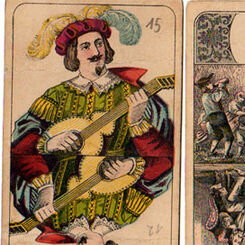
Wüst “Encyclopedic Tarot”
“Encyclopedic Tarot” by C. L. Wüst with “bourgeois” views of life on the Trumps.
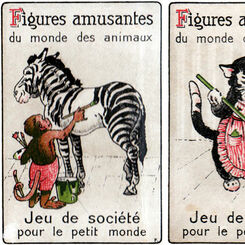
Figures Amusantes
French language edition of a children's quartet game published by B. Dondorf, c.1900, consisting of ...
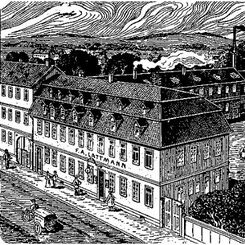
F.A. Lattmann
After the family printing business had been handed down for several generations, in 1794 Ernst Wilhe...
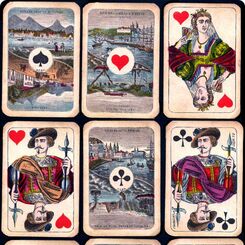
Brazil Scenic Aces
C. L. Wüst Scenic Aces for Brazil.
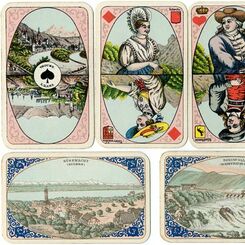
Swiss Album patience
Swiss Album patience cards by C. L. Wüst (Frankfurt), c.1900, with a different landscape on the reve...
Most Popular
Our top articles from the past 60 days


 Your comment here. Your comment here. Your comment here. Your comment here. Your comment here. Your comment here. Your comment here. Your comment here. Your comment here. Your comment here. Your comment here. Your comment here. Your comment here. Your comment here. Your comment here. Your comment here. Your comment here. Your comment here. Your comment here. Your comment here. Your comment here. Your comment here. Your comment here. Your comment here. Your comment here. Your comment here. Your comment here. Your comment here. Your comment here. Your comment here. Your comment here. Your comment here.
Your comment here. Your comment here. Your comment here. Your comment here. Your comment here. Your comment here. Your comment here. Your comment here. Your comment here. Your comment here. Your comment here. Your comment here. Your comment here. Your comment here. Your comment here. Your comment here. Your comment here. Your comment here. Your comment here. Your comment here. Your comment here. Your comment here. Your comment here. Your comment here. Your comment here. Your comment here. Your comment here. Your comment here. Your comment here. Your comment here. Your comment here. Your comment here.




















